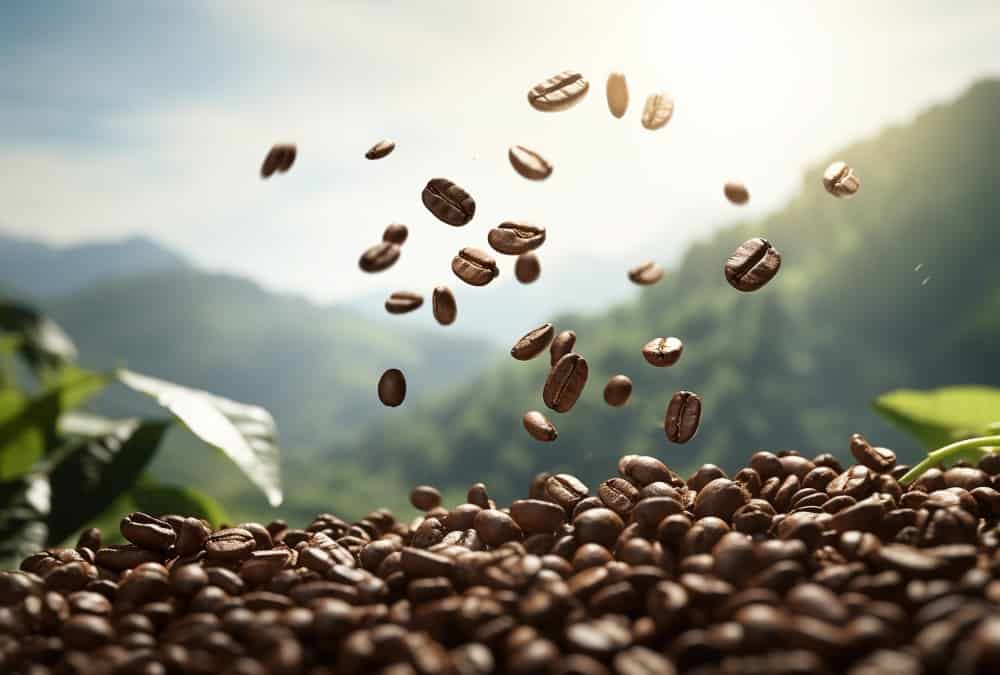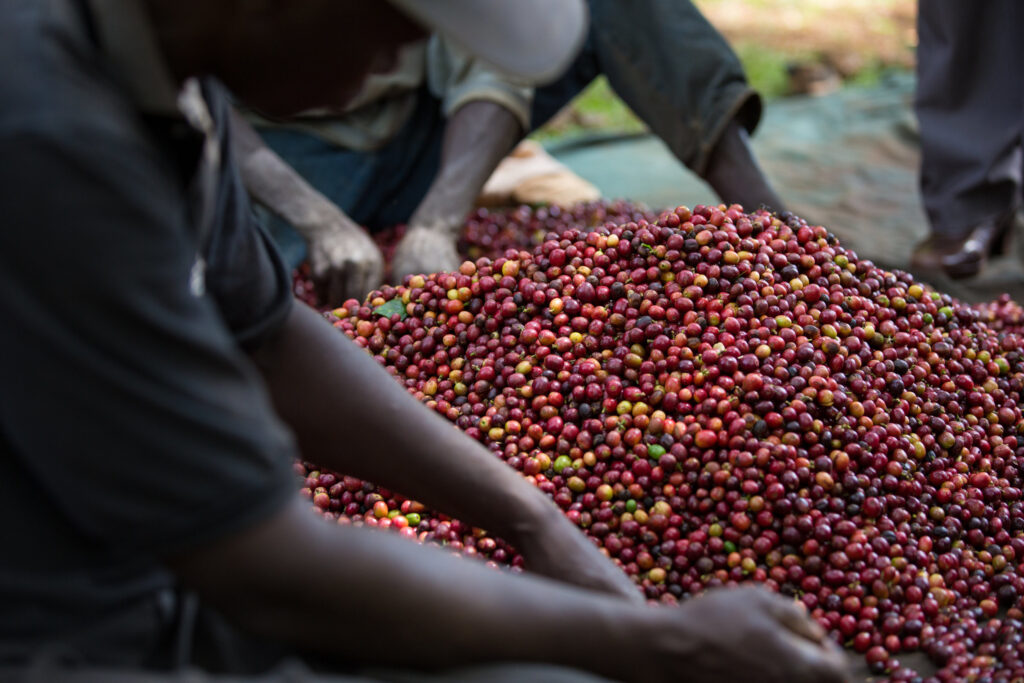Agricultural commodities are at risk when it comes to climate change. The main reason is because they depend heavily on weather conditions. Coffee is one such commodity that’s pivotal in global trade. There are two main types of coffee: Robusta (Coffea canephora) and Arabica (Coffea arabica). Arabica coffee is more popular, making up over 70% of the world market, because it tastes better. Arabica coffee grows best in five specific climate zones, which are located between 20° N and 25° S latitude, at altitudes between 700 and 2000 meters above sea level.
Arabica coffee is more sensitive to climate changes than Robusta coffee. That’s mainly because it grows in very specific conditions and has limited genetic diversity. As a result, climate change is reducing the areas suitable for growing Arabica coffee, lowering yields, and increasing the risk of pests and diseases. These changes threaten the livelihoods of the 20 to 30 million smallholder farmers who produce most of the world’s coffee.
Coffee beans in a warmer world

In a warmer world, coffee is at risk because it’s sensitive to climate. With more extreme weather, 60% of coffee species might go lost. For example, Central America, a major coffee-growing region, faces high risks from more droughts, storms, and changes in weather.
The flavour and aroma of coffee depend on things like elevation, water availability, soil quality, CO₂ levels, and temperature. Changes in these factors can affect the acids, fats, and sugars in coffee beans, making coffee grown in hotter areas taste more bitter.
The role of elevation
Elevation is important for growing coffee. Higher altitudes offer cooler temperatures, which are perfect for Arabica beans. This allows them to develop rich flavors. Also, high-altitude plants have better drainage, producing denser cherries with more intact sugars and flavors.
However, this is likely to change. According to an IPCC report, climate change could reduce the suitable land for coffee by half by 2050. As temperatures rise, even higher altitudes won’t be ideal for coffee. This potentially affects its known flavors. Long-term exposure to temperatures above 86°F (30°C) can harm coffee plants, causing stunted growth, yellow leaves, and stem tumors. The shift from cool and wet to hot and dry conditions will also lower coffee yields.
Warm and humid conditions due to climate change also increase the risk of pests and diseases, raising the chance of crop failure. If many crops fail at once, it could highly impact the global coffee trade.
How Climate Affects the Taste of Coffee
The climate, influenced by location and sunlight, is crucial for coffee growth. Balanced weather, without extreme temperatures, along with enough rainfall and good soil, is necessary.
Arabica and Robusta Coffee Beans

Altitude and Temperatures:
- Arabica grows best at 600 to 2,100 meters above sea level, with temperatures between 65 to 77°F. Temperatures above 85°F or below 55°F can harm it. Coffee grown above 1,000 meters is called “highland coffee”. This is usually of high quality.
- Robusta is more robust and tolerates higher temperatures. This grows well around 79°F and at lower altitudes up to 900 meters. However, it is sensitive to very high temperatures. Mainly with low humidity.
Precipitation:
- Coffee plants need 250 to 300 mm of rain per year, ideally from 1,500 to 2,000 mm of rainfall.
- Robusta prefers more rain and high humidity, while Arabica is sensitive to warm, humid air.
Soil:
- The best soil for coffee is deep, loose, well-ventilated, and permeable. That too with a neutral or slightly acidic pH. It should also be rich in nitrogen, phosphoric acid, and potassium, with a high humus content.
Exposure to Sunlight:
- Coffee plants need sunlight but not more than 5 hours a day. Because too much can increase evaporation even with ideal rainfall. Planting on favorable slopes and using shade trees can help control sun exposure. Shade trees also protect against night frost, creating a beautiful play of light and shadow on plantations. However, using shade trees can reduce yields due to less sunlight. So this method is less common today.
In conclusion, climate change is seriously affecting Ethiopian coffee beans. The specific climate conditions that Arabica coffee needs are changing, reducing the areas where it can grow, lowering yields, and increasing the risks of pests and diseases. Higher temperatures and changing weather can make coffee taste more bitter. The shift from cool and wet to hot and dry conditions threatens the flavor and aroma of Ethiopian coffee. This puts millions of small farmers’ livelihoods at risk and could cause big problems for the global coffee trade.
